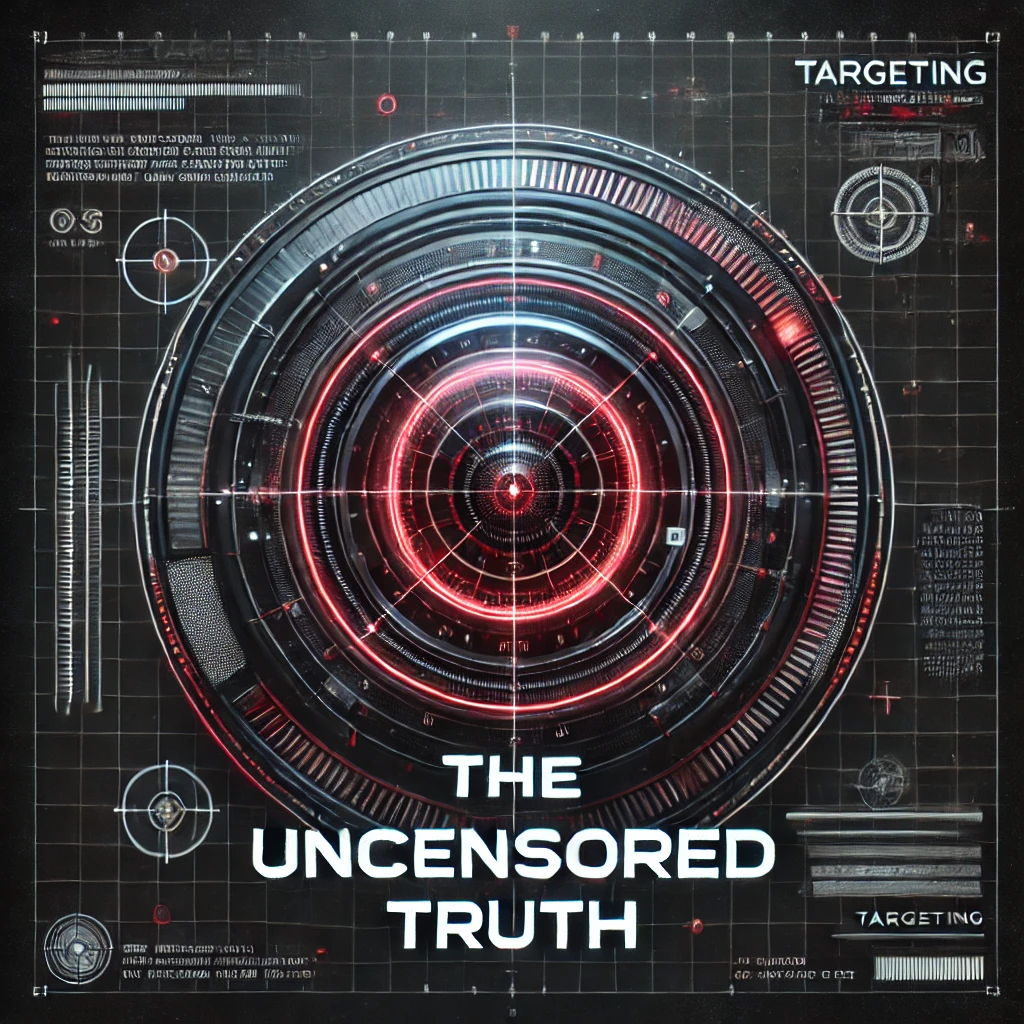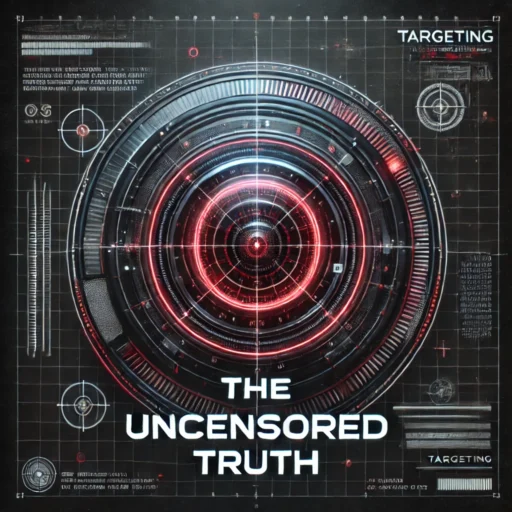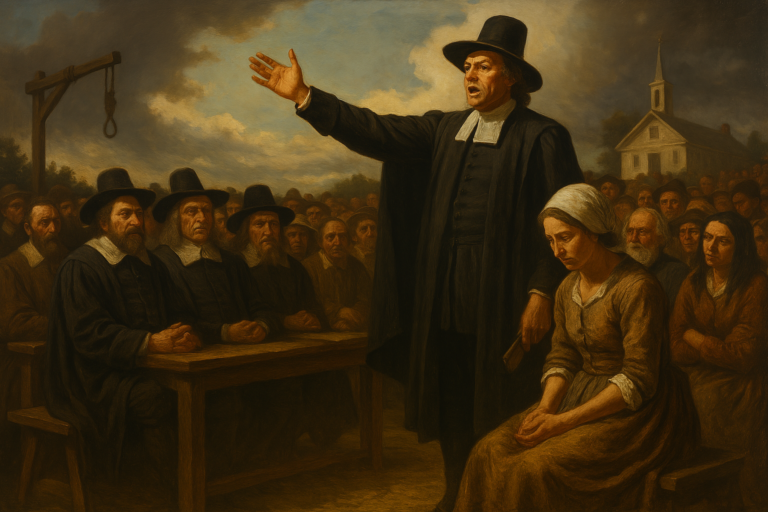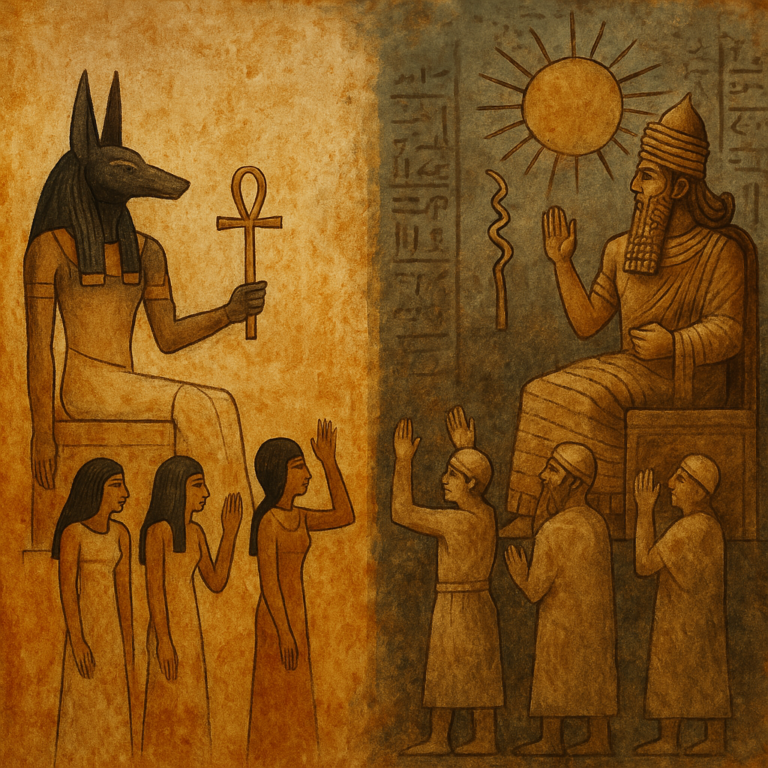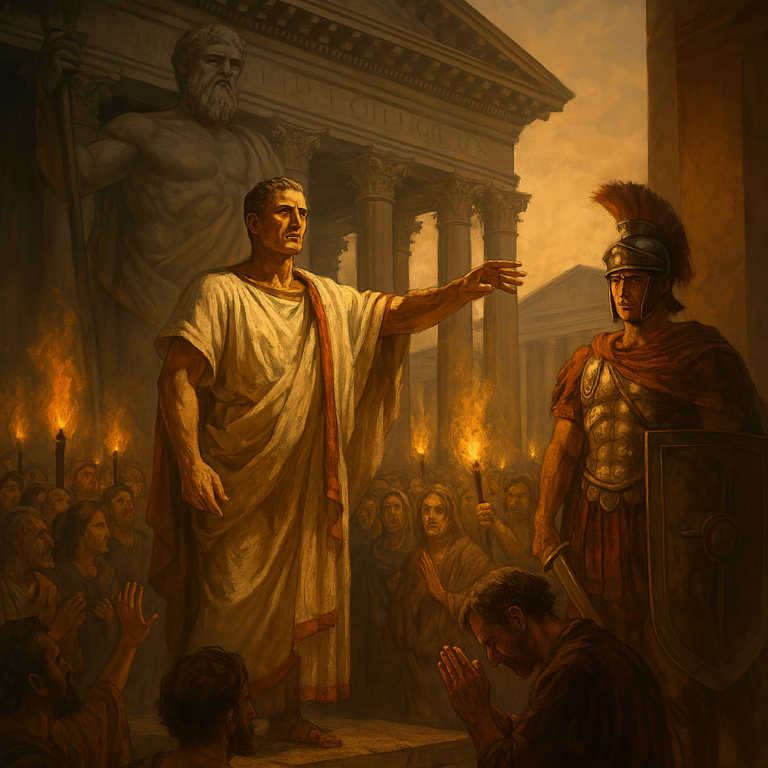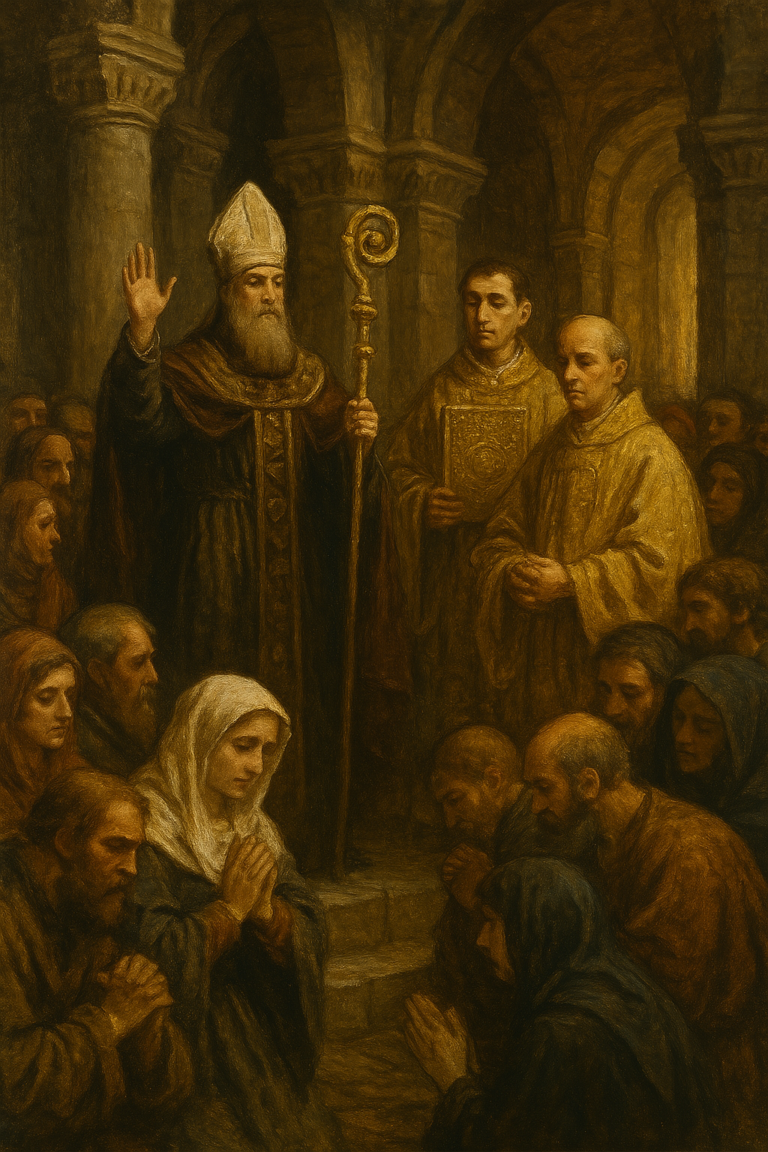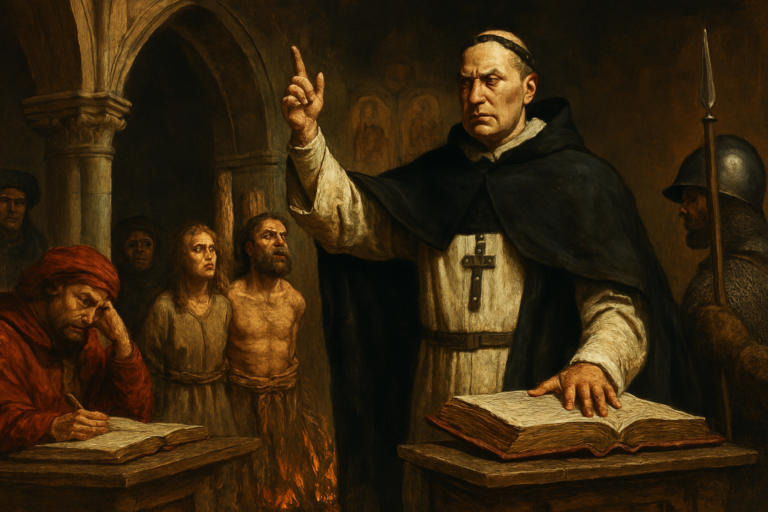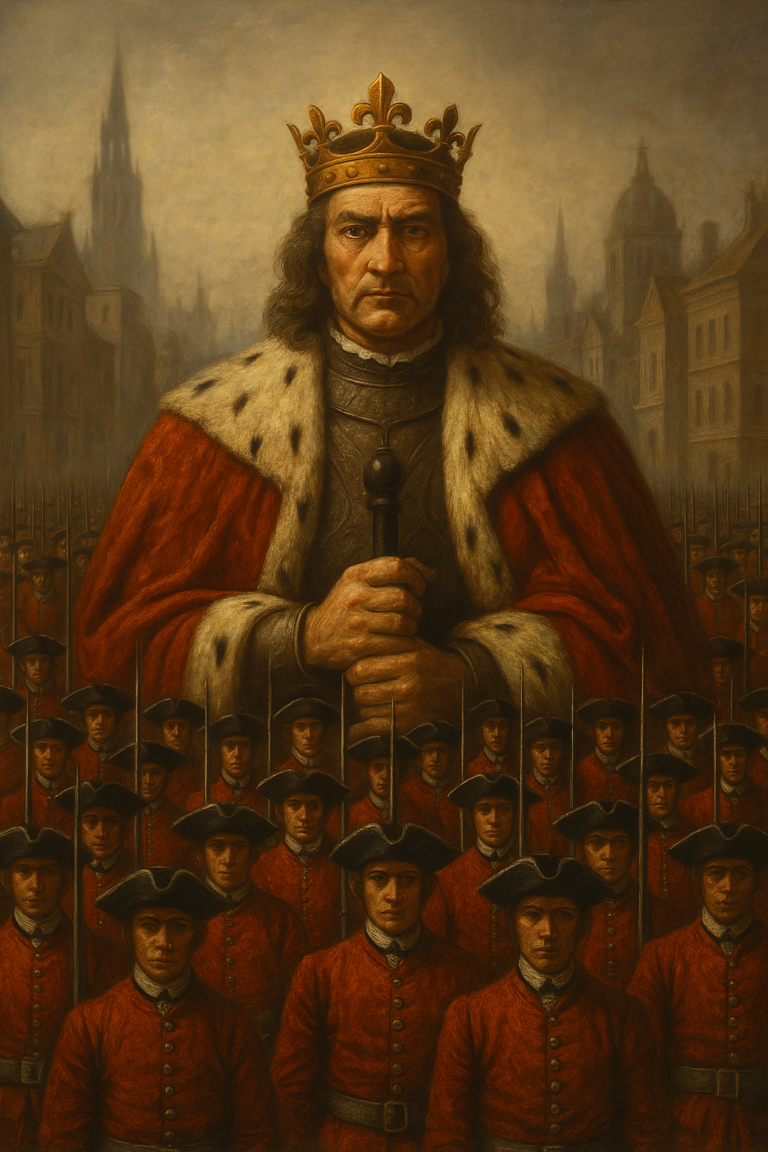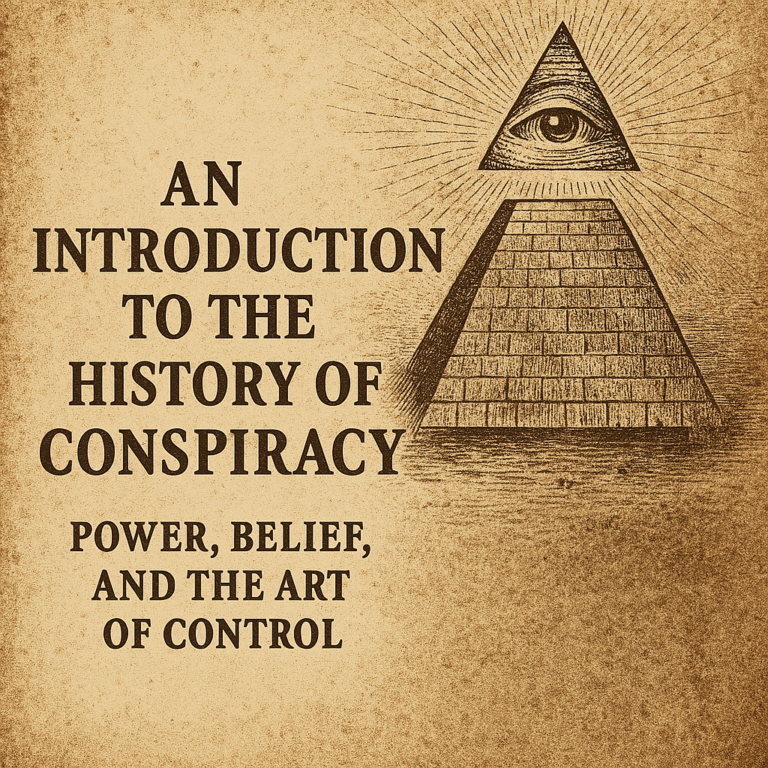Part V: 1500 to 1700 AD – When Truth Became a Battlefield
For centuries, the Church didn’t need to argue. Its authority was absolute. But in 1517, the Reformation shattered that certainty — a hammer in Wittenberg cracked the system, and through that fissure, ideas poured in: raw, uncontrolled, and unapproved.
The Reformation shattered the singular lens through which people viewed God, law, history, and even themselves. For the first time in a thousand years, there was no single authority to define truth. For the first time, the powerful faced a new kind of threat:
Free speech.
This wasn’t just a theological crisis. It was a crisis of control — and the responses were swift, sophisticated, and savage. Because those who had spent centuries shaping belief systems understood one thing very well:
Once the public starts thinking for itself, it becomes harder to rule.
Read About The Impact Of The Reformation Here
The Printing Press: Catalyst and Catastrophe
Invented around 1440 by Johannes Gutenberg, the movable-type printing press revolutionized Europe’s relationship with information. Books once copied by hand could now be reproduced by the hundreds — and eventually, the thousands.
More than literacy, the press introduced something far more dangerous to elites:
Access.
- The number of books printed in the first 50 years after Gutenberg’s press exceeded all handwritten books produced in the previous millennium.
- By the early 16th century, literacy rates began to rise among merchants, tradesmen, and even peasants in some regions.
- Pamphlets — short, affordable, and inflammatory — became the Twitter threads of the era, spreading reformist, nationalist, and anti-clerical ideas faster than Church or state could react.
🔹 Case Study: Luther’s 95 Theses
When Martin Luther nailed his 95 Theses to the door of Wittenberg’s castle church in 1517, he expected an academic debate. What followed was mass production: within two months, his Theses were printed and distributed across Europe.
Suddenly, the people weren’t just listening to preachers. They were reading the arguments themselves — and deciding for themselves. The gatekeepers had lost the gate.
“Printing is the ultimate gift of God,” Luther declared. His opponents would have called it something else: a disaster.
Narrative Control: The Real Battle
To understand the establishment’s panic, we must understand what they were really losing.
The issue wasn’t just theological disagreement — it was narrative authority. For over a thousand years, elites had shaped what people believed by shaping how they thought. That meant controlling:
- The source of truth (the Church)
- The disseminators of truth (priests and monks)
- The framing of truth (sermons, sacraments, iconography)
- The language of truth (Latin, inaccessible to most)
But now? Truth had gone viral.
Worse still, these new voices — reformers, dissidents, radicals — didn’t just challenge doctrine. They exposed corruption, questioned hierarchy, and named names.
Suddenly, it wasn’t just an argument about grace vs. works.
It was about who owns your soul, who taxes your mind, and who decides what’s sacred.
Control strategy #1: Prevent people from hearing alternative narratives.
New reality: The people are printing them.
The Counter-Reformation: Censorship, Surveillance, Suppression
The Catholic Church responded with a campaign of countermeasures now known as the Counter-Reformation — part spiritual renewal, part intelligence operation.
🔹 The Index of Forbidden Books
First published in 1559, the Index Librorum Prohibitorum listed books considered dangerous to faith and morals. It included:
- Protestant writings
- Translations of the Bible into vernacular languages
- Scientific texts (including Copernicus and Galileo)
- Secular philosophy
- Political tracts
Ownership of banned books could lead to excommunication, arrest, or execution. Printing them? Treason.
“A book once opened cannot be easily closed,” wrote Cardinal Caraffa. “So we must burn them.”
🔹 The Jesuits
Founded in 1540, the Society of Jesus (Jesuits) became a spearhead of the Counter-Reformation. Brilliant, disciplined, and loyal to the Pope, they:
- Opened schools to reassert Catholic doctrine
- Debated Protestants publicly — and spied on them privately
- Served as confessors to kings and queens
- Acted as theological advisors, educators, and political operatives
The Jesuits understood that the battle wasn’t just for the soul — it was for the frame. Whoever taught the children would shape the future.
Control strategy #2: If you can’t suppress the message, train the audience to reject it instinctively.
Pre-conditioning the Masses: Shaping the Receptive Mind
The establishment quickly realised that reactionary suppression wasn’t enough. Once people encountered subversive ideas, it was often too late.
What they needed was pre-emptive belief management — to condition the masses in advance to distrust, mock, or fear any competing narrative.
This included:
- Teaching that disobedience wasn’t just wrong — it was damnable.
- Portraying dissenters as insane, possessed, or heretical.
- Claiming that unapproved knowledge would drive the soul mad.
- Flooding the culture with repetitive affirmations of official truth.
This wasn’t just spiritual warfare. It was neurological design.
The goal was simple:
Make the dominant narrative feel intuitive — and anything else feel dangerous.
Secular Power Joins the Fight
While the Church fought to reclaim authority, emerging nation-states saw opportunity — and danger — in the Reformation. Monarchs could either:
- Break from Rome to consolidate their own power (Henry VIII, Sweden, parts of Germany), or
- Align with the Church to crush dissent and maintain order (Spain, Austria, France)
Either way, truth became nationalised. To believe incorrectly was now not just a religious offense — it was sedition.
🔹 Case Study: England’s Religious Whiplash
From 1530 to 1600, England saw violent shifts in religious control:
- Henry VIII established the Church of England.
- Edward VI enforced Protestantism.
- Mary I restored Catholicism — burning over 280 Protestants at the stake.
- Elizabeth I swung back to Protestantism — executing Catholic priests as traitors.
In every case, the establishment used fear, surveillance, and propaganda to pre-shape public opinion.
The content of the message mattered less than who was delivering it — and whether the population had been trained to accept it.
The Implications: Speech as a Systemic Threat
The lesson was clear: unfettered free speech is not a minor inconvenience to power. It is a mortal threat.
Why?
- It erodes monopoly — allowing the public to compare versions of reality.
- It shapes perception — challenging not just laws, but legitimacy.
- It creates empathy with the “enemy” — which is fatal to propaganda.
- It builds networks of resistance — especially when decentralized.
In a world governed by belief, truth is power. And when people begin asking “Who says so?” — power begins to wobble.
The Final Evolution: Controlled Pluralism
By the late 1600s, the worst of the religious wars had passed, but control hadn’t disappeared — it had matured.
- Religious toleration was permitted — but often limited by class, region, or political loyalty.
- State censorship was formalised under royal censors and Church authorities.
- Print licensing systems were introduced to approve content before publication.
- Public discourse was allowed — but only if it remained within acceptable boundaries.
The message had shifted:
“You may speak — but only about what we’ve trained you to think about, in the way we’ve trained you to think.”
It wasn’t freedom.
It was the appearance of freedom, tightly choreographed.
Was It Really About Religion?
On the surface, the Reformation was a spiritual revolt.
But underneath, it exposed something deeper — and far more modern:
The fragility of centralised truth in an age of communication.
What frightened the powerful was not just dissent — but access.
What they feared wasn’t rebellion — it was comprehension.
Because once people can speak freely, they can ask freely.
And once they ask, they may doubt.
And once they doubt — they may disobey.
Coming Next: Science, Statecraft, and the Birth of Secular Control – 1700 to 1900
The war for the soul gives way to the war for the mind.
As religious dominance wanes, new forms of control emerge — built not on theology, but on science, economics, and national identity.
The question shifts from “What is God’s will?” to:
“What is rational? What is efficient? What is best for society?”
But the game remains the same:
Control the narrative — by shaping the audience before the message is even delivered.
